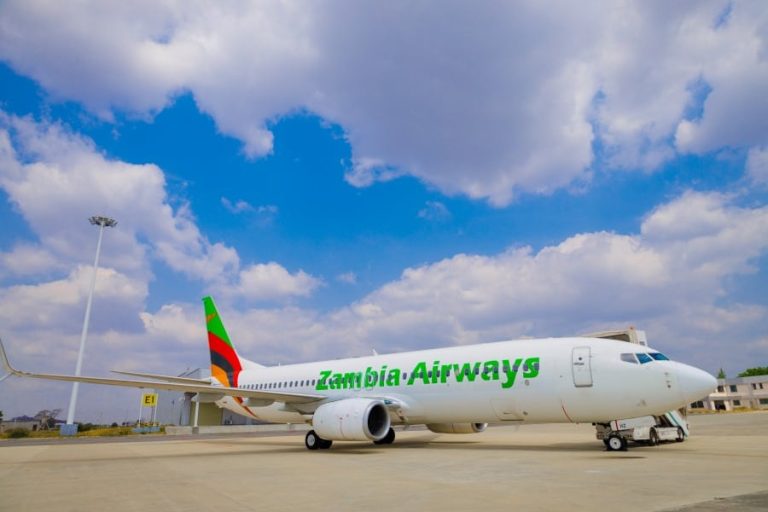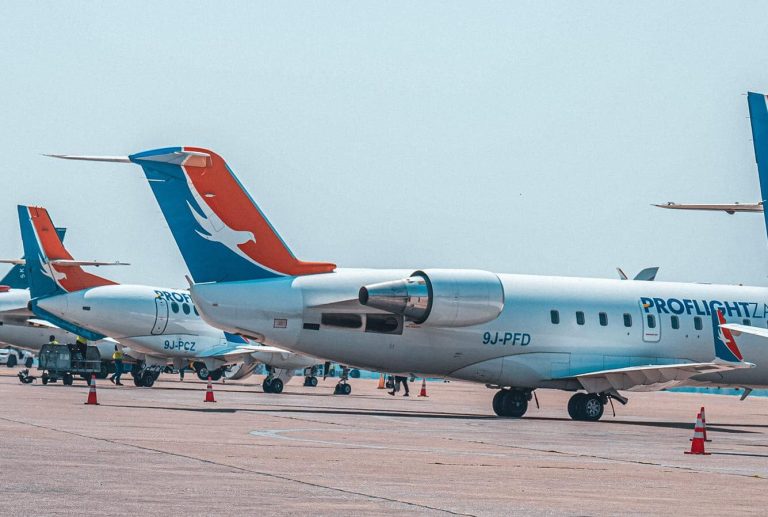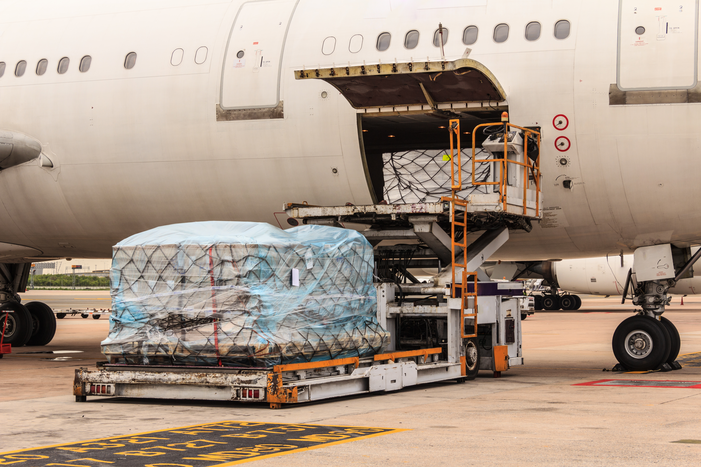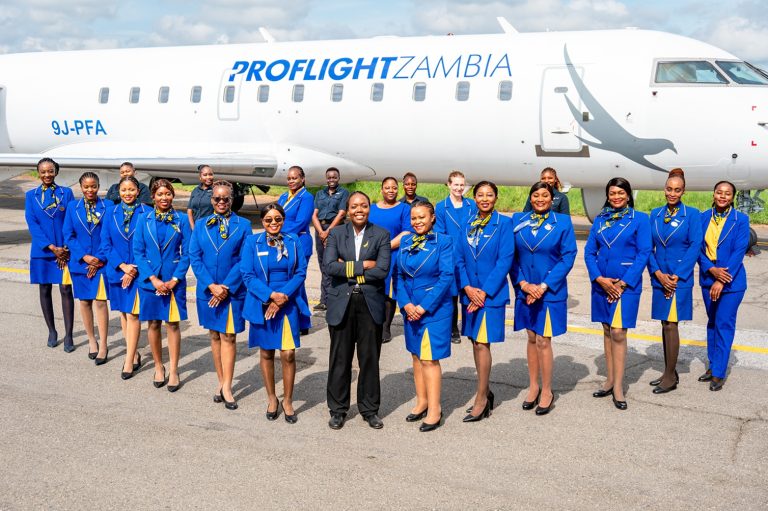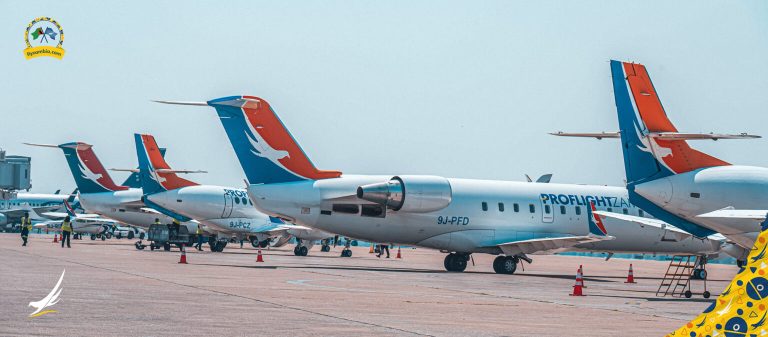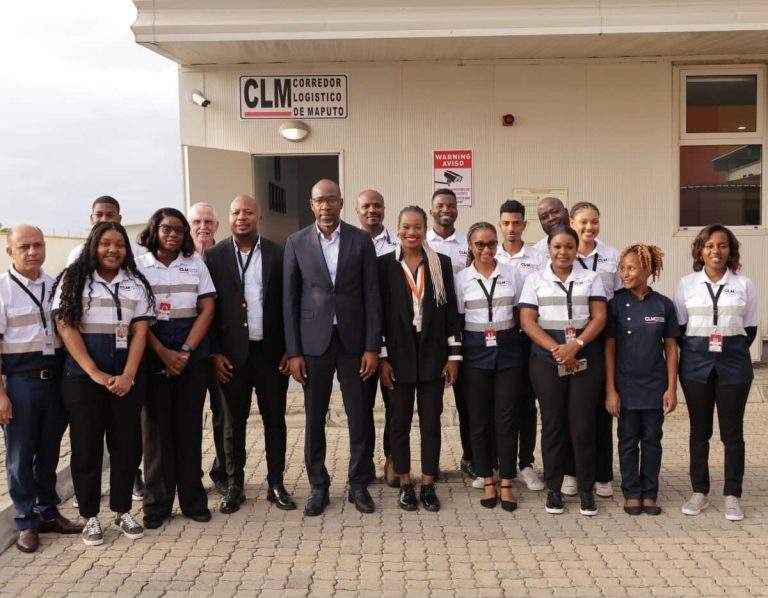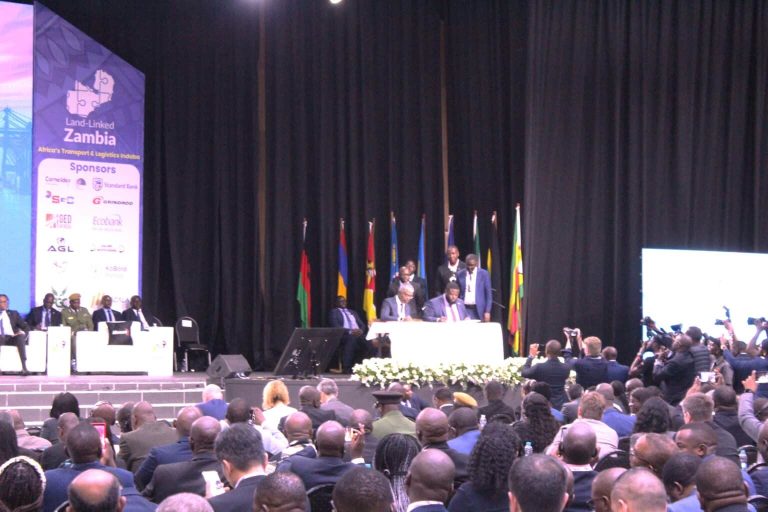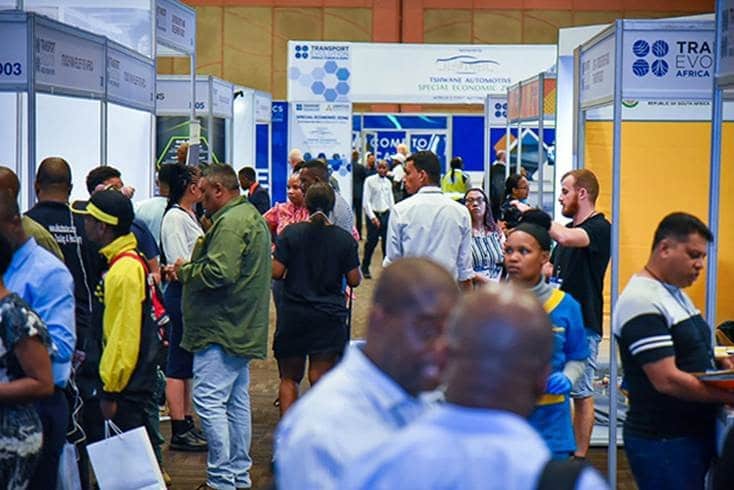Zambia will be at the heart of Africa’s aviation industry this month when it hosts the African Flight Procedures Programme (AFPP) in Lusaka. This was announced by Zambia Airports Corporation Limited (ZACL) and the Civil Aviation Authority (CAA) concurrently, registering a huge success for Zambia in aviation development and regional integration.
This event, the organization states, will attract Director Generals and high-level aviation technical experts from 28 African countries. The high-level attendees will meet in Lusaka for a concentrated technical meeting to enhance the safety and effectiveness of air travel operations on the continent. Zimba explained that the forum will specifically deal with the development and application of harmonised flight procedures, a critical aspect in ensuring passenger, flight crew, and aircraft safety.
The AFPP is an ICAO pilot project, advocating aviation safety and consistency worldwide. Zimba emphasized the programme’s contribution towards the promotion of African air navigation services through harmonised flight procedures. She also added that it fosters capacity development, technical proficiency, and regional coordination among the participating states. Capacity development and exchange of knowledge at the event will improve the capacity of African states to implement ICAO standards, thereby improving safety as well as operational efficiency.
The hosting of AFPP also showcases the growing strategic importance of Zambia in the regional aviation arena. Zimba described Zambia’s hosting of the program as a milestone that attests to its sincere commitment to advancing aviation development, not only at the national but also at the continental level. The hosting of such an elitist event by the nation also speaks to its strong institutionalisation as well as improved aviation infrastructure.
The conference is scheduled to gather top officials from ICAO, the African Civil Aviation Commission (AFCAC), national civil aviation administrations, and airport corporations, alongside major aviation industry players. The gathering is also scheduled to feature representatives of the European market-leading aircraft firm Airbus. Their presence will offer an opportunity for collaboration, investment negotiations, and sharing of world best practices.
Zimba further included that the program would serve as a platform where aviation professionals can exchange experience and technical know-how on the current trends and issues in flight procedure design and implementation. The discussions are anticipated to result in more standardized, safe, and seamless air navigation systems within the African skies.
Participating countries include Angola, Cameroon, Comoros, Congo, Côte d’Ivoire, Egypt, Eswatini, France, Gabon, Gambia, Ghana, Guinea, Kenya, Namibia, Niger, Nigeria, Senegal, Sierra Leone, Somalia, South Africa, Tanzania, Togo, Uganda, DR Congo, Burkina Faso, and host nation Zambia. Such extensive coverage is a testament to the pan-African and international support of the AFPP and its goals.
As the aviation industry grows in Africa, initiatives like the AFPP are required to ensure that there are safe skies and secure cooperation across the borders. Organizing the AFPP puts Zambia at the helm of making the African airspace more integrated and secure.



